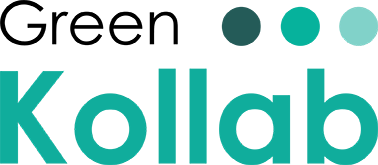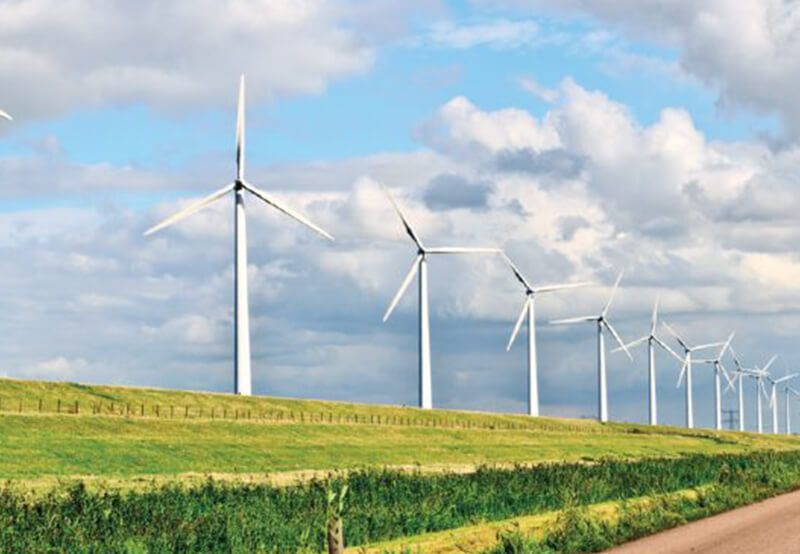Distributed Wind Power
With the conversion of the world to alternative energy sources, distributed wind power is the new player in the world of renewable energy that remains to be tapped. While large wind farms take up huge pieces of land and tons of money to invest, distributed wind power manages with less, providing localized energy requirements. By incorporating small wind turbines into decentralized renewable energy systems, businesses, industries, and communities are able to produce their own electricity and limit reliance on central power grids.

Distributed wind power differs from utility-scale wind in its scale, application, and purpose. Large wind farms, with many hundreds of large wind turbines, are planned to contribute to national or regional electricity networks. Distributed wind Conversely, distributed wind energy uses small, strategically dispersed turbines to produce local power, thereby causing less transmission loss, and increasing energy security.
Scope of Distributed Wind Power
Differentiating Distributed Wind from Utility-Scale Wind
Distributed wind power differs from utility-scale wind in its scale, application, and purpose. Utility-scale wind farms, often comprising hundreds of large turbines, are designed to feed electricity into national or regional grids. In contrast, distributed wind energy involves smaller, strategically placed turbines that generate power for local consumption, reducing transmission losses and enhancing energy security.
Applications in Various Sectors
- Rural and Agricultural: Small-scale wind turbines used to generate energy are becoming more popular in farming and rural communities as a means to supply energy to irrigation systems, farming equipment and homes.
- Industrial and Commercial Sites: Businesses, factories, and warehouses can leverage distributed wind power to cut energy costs and enhance sustainability.
- Microgrids and Remote Locations: Distribution wind energy is essential to microgrids, covering remote communities, islands, as well as military bases with off-grid results.
Government Incentives and Policy Support
Most countries have implemented economic incentives and policy regimes to promote the use of distributed wind power. These are:
- Investment tax credits (ITCs) and production tax credits (PTCs)
- Feed-in tariffs (FiTs) that assure fixed payments for electricity produced from wind
- Subsidies and grants to cover capital expenses
- Net metering regulations that enable consumers to sell surplus power to the grid
Although these policies have spurred growth, unstable regulations and permitting issues continue to hold back pervasive deployment.
Challenges in Adoption
Economic Barriers
- High Initial Costs: The initial cost of installing small-scale wind turbines is still a high barrier, discouraging individuals and small enterprises from investing.
- Maintenance and Operating Costs: Though having low operating costs, wind turbines do incur additional costs in terms of constant repair, replacement of individual components, and maintenance.
- Limited Financing Options: In contrast to solar power, where leasing and power purchase agreements (PPAs) are common, financing for distributed wind is limited.
Technical Challenges
- Wind Power Grid Integration: Incorporating distributed wind power into existing energy grids requires infrastructure upgrades and smart grid technologies to manage variable energy supply.
- Energy Storage: The wind energy cannot be steady and therefore an efficient store would be vital to ensure stability in supply of power.
- Turbine Siting and Performance: The performance level of small-scale wind turbines differs depending on the factors including the direction of the wind, terrain and placement of turbine and in the majority of the occasions, it requires site-specific considerations.
Regulatory and Policy Hurdles
- Permitting and Zoning Restrictions: Local regulations on turbine height, noise levels, and environmental impact can delay or even prevent installations.
- Interconnection Policies: Complex and inconsistent interconnection rules create barriers for individuals and businesses looking to integrate wind power into existing grids.
- Lack of Standardized Policies: Varying national and regional policies make it difficult for manufacturers and consumers to navigate regulatory landscapes.
Public Perception and Awareness
- Community Resistance: Wind turbine placement can be followed by a reactionary campaign by the community who are concerned with noise effects, appearance, and wildlife.
- Misinformation: Many individuals lack awareness of the benefits of distributed wind power, leading to skepticism and reluctance to adopt the technology.
- Education and Advocacy Need: Greater awareness among people is needed and this should be accomplished via education and awareness programs.
Future Outlook and Growth Potential
Emerging Technologies Enhancing Efficiency
- Advanced Turbine Designs: New technologies in vertical-axis wind turbines (VAWTs) and bladeless wind turbines are increasing the adaptability and efficiency of wind power.
- Smart Grid Integration: Grid management systems enabled by artificial intelligence improve grid integration of wind power, balancing supply and demand.
- Increased Energy Storage: Advances in battery storage, hydrogen fuel cells, and pumped hydro storage enhance the dependability of wind power.
Expansion in Hybrid Renewable Systems
- Wind-Solar Hybrid Systems: Combination of wind and solar energy generates more reliability and makes best use of wind and sun throughout the day.
- Wind and Battery Storage Solutions: Distributed wind power integrated with advanced battery storage ensures round-the-clock energy availability.
- Microgrid Expansion: The rise of microgrids in rural, remote, and disaster-prone areas is driving demand for decentralized renewable energy solutions.
Market Trends and Investment Opportunities
- Growing Government Investments: Increased funding in renewable energy infrastructure is creating new opportunities for distributed wind power expansion.
- Corporate Sustainability Initiatives: Companies are also utilizing the wind energy on their premises in an effort to achieve the target of carbon neutrality.
- Emerging Markets: Countries in Africa, Southeast Asia, and Latin America are recognizing the potential of distributed wind power in achieving energy independence.
Conclusion
The transition towards decentralized renewable energy is accelerating, and distributed wind power holds immense potential in this shift. Although there are some drawbacks to its uptake including high initial investment, integration problems in the grid and complex regulatory problems, the new technology and government incentives are leading to more widespread first-tier adoption.
In the future, the industry will be innovated by small scale wind turbine, smart grids and hybrid renewable systems. Increased awareness, improved financing mechanisms, and favorable government policies will further unlock the potential of distributed wind power, making it a vital component of the global energy transition. Through suitable investments and policymaking, the distributed wind energy has the potential to become one of the key components of a low-carbon, decentralized, and resilient future power system.
Frequently Asked Questions (FAQs)
Distributed wind power refers to wind energy systems that generate electricity for on-site or local consumption, rather than large-scale wind farms feeding into centralized grids.
Wind energy is distributed through small-scale wind turbines, microgrids, and net metering systems that integrate excess power into the local grid.
Energy independence
Reduced electricity costs
Lower transmission losses
Decentralized renewable energy access
Key challenges include high installation costs, permitting restrictions, grid integration issues, and public perception barriers.
With advances in smart grids, hybrid systems, and energy storage, distributed wind power is expected to play a major role in the clean energy transition.












